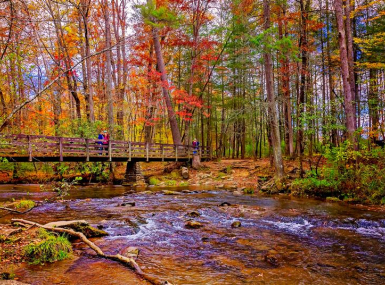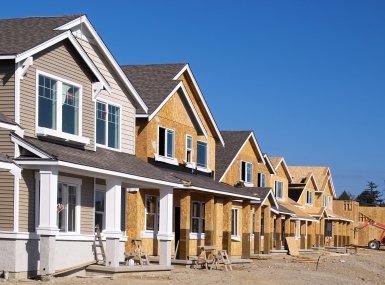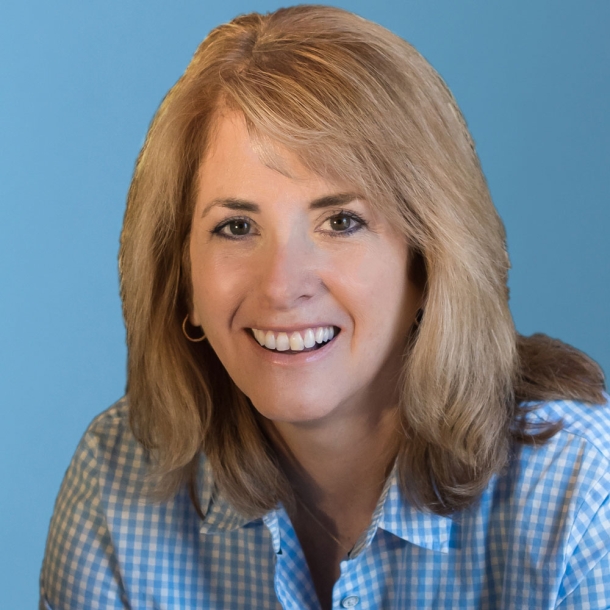HUD secretary: Opportunity Zones can lift distressed areas out of poverty

Key Takeaways
Taking advantage of Opportunity Zones and streamlining regulations are two ways that county officials can help create more affordable housing in their communities, HUD Secretary Ben Carson told county officials Tuesday morning at NACo’s 2019 Legislative Conference.
“Our programs try to empower local governments,” said Carson. “We have a new tool, Opportunity Zones, created by the 2017 Tax Cuts and Jobs Bill.” The goal of Opportunity Zones is to spur private investment in low-income rural and urban communities nationwide.
As chair of the Opportunity and Revitalization Council, created by the White House in December, Carson oversees the new program. Governors can designate 25 percent of their most most economically-distressed areas as Opportunity Zones. There are 8,761 of these areas in all, Carson said, where 35 million people live — more than 10 percent of the U.S. population.
Carson urged county officials to align transportation, land use plans and infrastructure projects with private development to maximize returns for all — investors, the county and most of all “its most vulnerable residents.”
“There are always people who say ‘I don’t like this because rich people are always getting an advantage.’ You know what? I don’t care who gets an advantage, as long as everybody gets an advantage,” Carson said to applause. “This is the last place on earth that we should be entertaining class warfare.”
In addition to Opportunity Zones, county officials should look at any “archaic” rules, regulations and zoning restrictions that might be adding anywhere from 25–42 percent to the cost of home-building and housing prices, Carson said. “A lot of these things have been on the books, 10, 20, 50, 100 years. We need to be thinking about the rules and regulations that keep people mired in poverty,” he noted. “These aren’t things that promote self-sufficiency.”
Later, in an interview with County News, Carson said he is always on the lookout for innovation in housing — and noted that he was on his way later Tuesday to Texas, where he planned a stop in Austin to see a 3D-printed house, built in 48 hours.
Carson also urged county officials to check out Humans of HUD to read about the “trials and triumphs” of people that HUD serves.

Attachments
Related News

Podcast: Eastern Tennessee counties invest in tourism during shutdown
Sevier County, Tenn. refused to let the government shutdown devastate its fall tourism draw—Great Smoky Mountains National Park. County Mayor Larry Waters describes the lengths he and his neighbors went to keep the park open. And NACo Chief Government Affairs Officer Mark Ritacco offers an outlook on what counties can take away from the shutdown and into the future.

Congress introduces Bipartisan HOME Reform Act
On October 21, 2025, Reps. Mike Flood (R-NE.) and Emanuel Cleaver (D-MO.) introduced the HOME Reform Act, which would make substantial changes to the eligible uses and exemptions applying to the Home Investment Partnerships (HOME) Program.

County leadership guides shared prosperity
There’s no chicken-or-egg debate: Economic mobility is not just a byproduct of growth — it is the result of intentional county governance.
